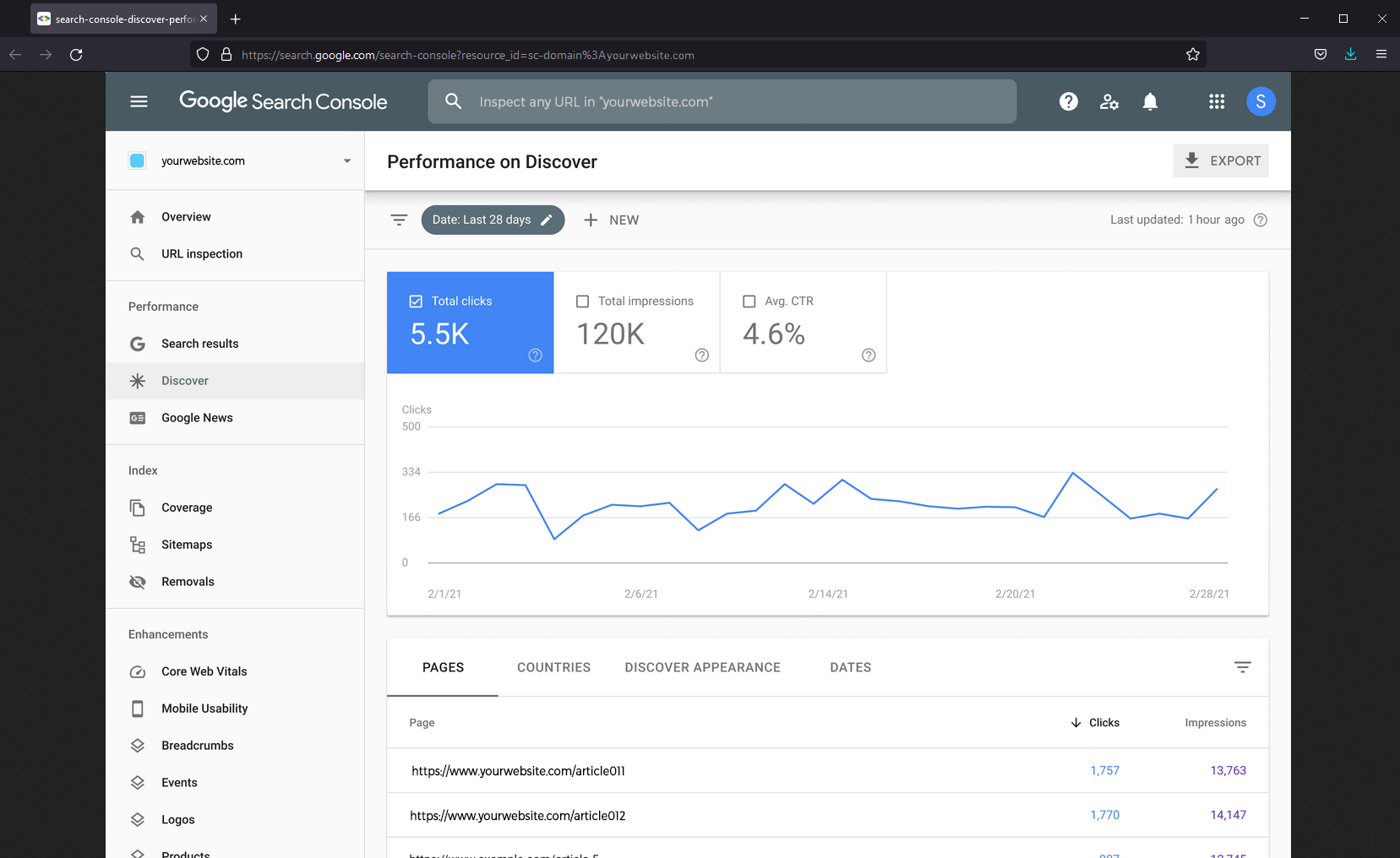You’ve spent all this time, effort, and budget redesigning and rebuilding your website, but you aren’t seeing the traffic come through. Or, maybe you are seeing the traffic but it’s not the right audience. For some reason your website is not being found by your target marketing, this is where creating and implementing a great SEO strategy can increase your ROI on your site.
What is SEO?
SEO stands for search engine optimization; and it refers to the process of ensuring your site and content are visible to your target market. Search engines such as Google and Bing use a set of criteria that determine which websites appear on which page of options when a specific keyword is searched. You want your website to be as high up on that list as possible. Just think, when was the last time you went to the second page of Google results to find a site? Probably not that frequently.
Although SEO can be confusing and frustrating at times, there are tools and strategies that should be used to help your site perform under search engine’s algorithms. You should not leave SEO to chance or your organization will be at a great disadvantage. With an SEO strategy, you take your site’s performance in your own hands and better your chances at connecting with your target audience and generating new leads. Here is what you should include in your SEO strategy:
Keyword Research
Keywords are the foundation of a good SEO strategy and are terms that summarize or define your content. For example, if you are a web development company, some common keywords may be “user experience,” “customer experience,” or “Drupal websites.” Keywords are what people search for through a search engine like Google, which means you need to have a good understanding of what your users are typing into that search bar.

Finding Keywords
You can begin to find keywords by making a list of what phrases or words best describe your content. We also recommend using a keyword tool to give you ideas and recommendations. Some popular tools are Soovle, Jaaxy, and Google Search Console. You’ll want to make sure to diversify your keywords so that they all aren’t too generic but still geared towards what users are searching for.
Industry Trends
It is important to remember that the industries are always changing and what was once a popular keyword may not apply anymore. Your marketing team should consistently monitor industry trends to ensure your keywords and content are relevant to your users.
Organizational Goals
In addition to industry trends and user wants, your keywords should appropriately reflect your organization. Do your keywords reflect your brand and accurately represent your services and online presence? These are all things you should keep in mind when working on your SEO strategy.
Implementing Keywords
Once you have your keywords, you should be intentional about placing them in your content. After all, what was the point of all that research if you don’t use the keywords effectively? You should use your keywords in title tags, meta descriptions, images, link anchor text, URLs, and webpage content. If you aren’t sure where to start, our marketing team would love to help you!
Digital Content
Often when developing a marketing strategy, people underestimate the importance of quality content and the role that it plays in SEO. We cannot simply overstuff content with keywords and expect search engines to recommend it to its users, they are smarter than that. Quality content is what will lead to the best results. But what does that look like in action?
Quality content means updated, well-written and designed, user-focused web pages. Your content needs to provide value to your users by answering their questions. Don’t forget that you are writing for real people. When you create excellent content, this can generate backlinks, which shows Google that your site can be trusted and is worth recommending. Quality content also naturally leads to a good user experience, which is a huge factor in SEO.
A great way to create fresh, valuable content is through a blog. You can cover topics trending in your industry, naturally include your desired keywords, and generate new backlinks to your site. A content calendar will help stay on track and ensure you are covering the appropriate material that keeps your users engaged and wanting to subscribe.
User Experience
Google and other search engines will not want to promote your site unless it provides a good experience for the user. One major way that they gage this factor is by technical performance. Here are some important questions to evaluate your site:
- Is your load speed slow?
- Is your site mobile friendly?
- Are links broken?
- Is your site user friendly and does it have an intuitive design?
Although we’re sure you are already prioritizing user experience for your site, this is an important reminder that UX is vital to reaching your audience successfully.
Tracking Analytics
Your SEO strategy should not finish with keywords and content creation. You must have a strategy in place to monitor your site’s performance to know what needs improvement. There are a variety of tools you can use such as Google Analytics to view statistics such as your click-through rate, organic traffic, bounce rate, and more. Other tools such as HubSpot Website Grader, Seolyzer, and Check My Links are great to see how your site is currently performing. As you develop your strategy, make sure that you are creating specific goals that can be clearly measured.
Get Help from an Expert.
SEO is not something that you should leave to chance. Because algorithms are always changing, the help of an expert may be a good investment for your organization. At CommonPlaces, our marketing team will create a strategy that aligns with your specific needs. Whether you need help with keyword research, using Google Analytics, or content writing for your site, we are here to help. Not sure where to start? Use our Free SEO Checklist to see where you can improve.



